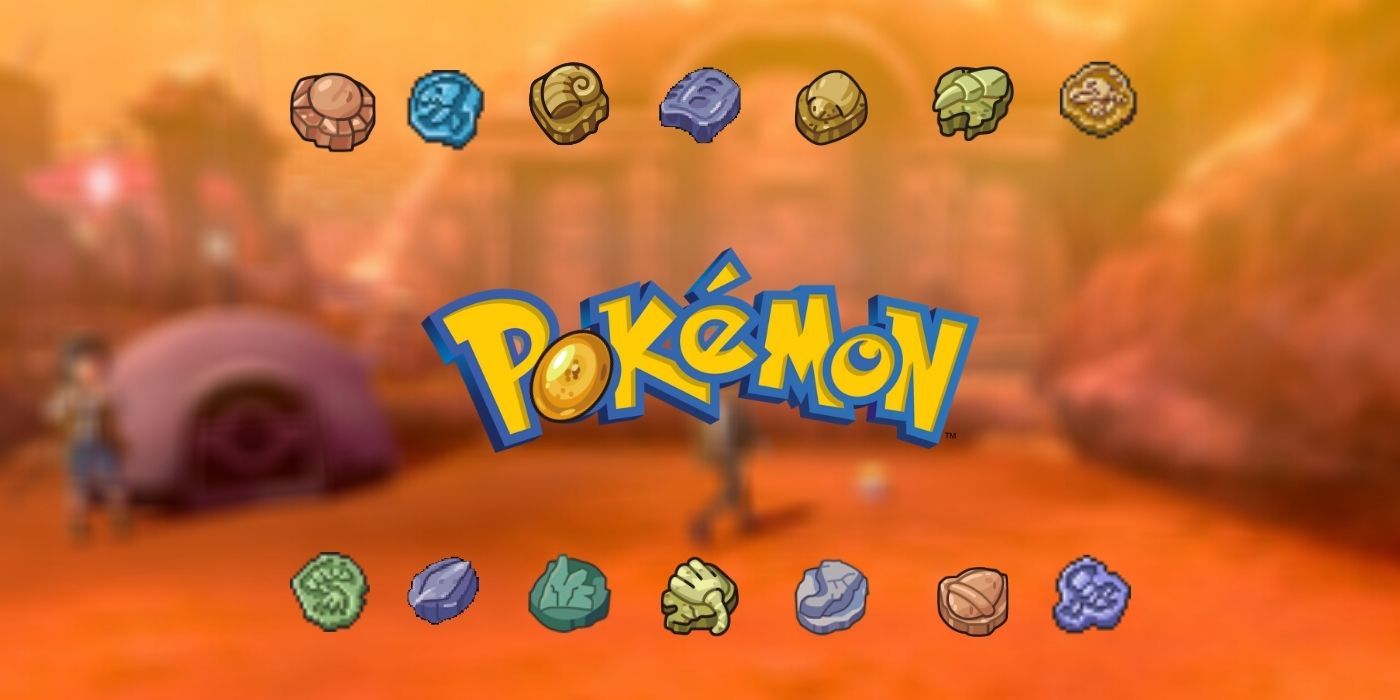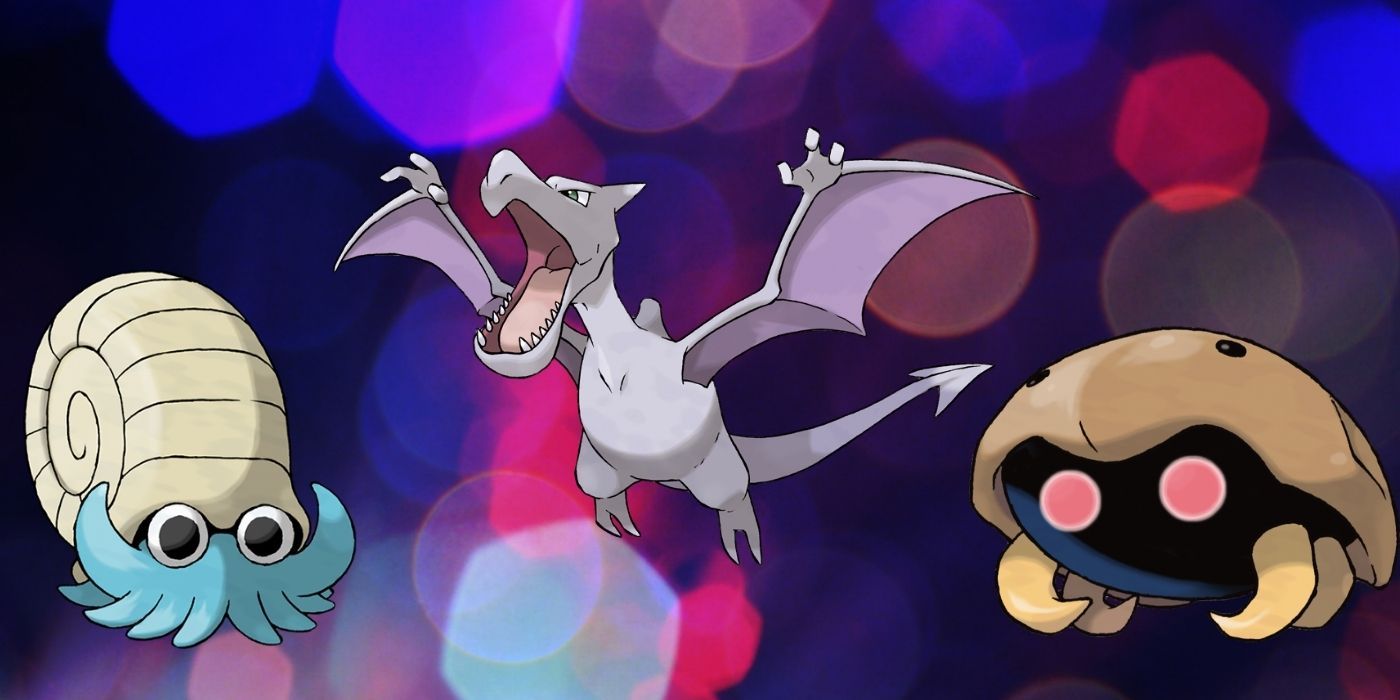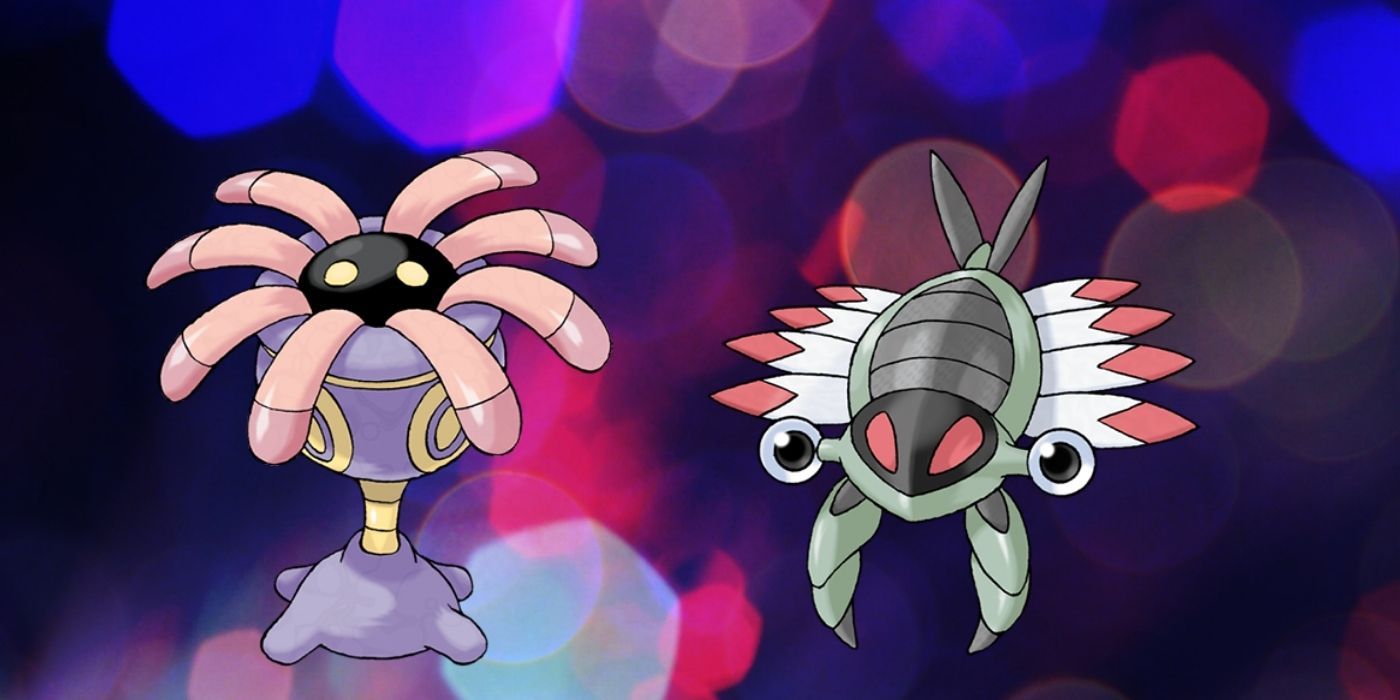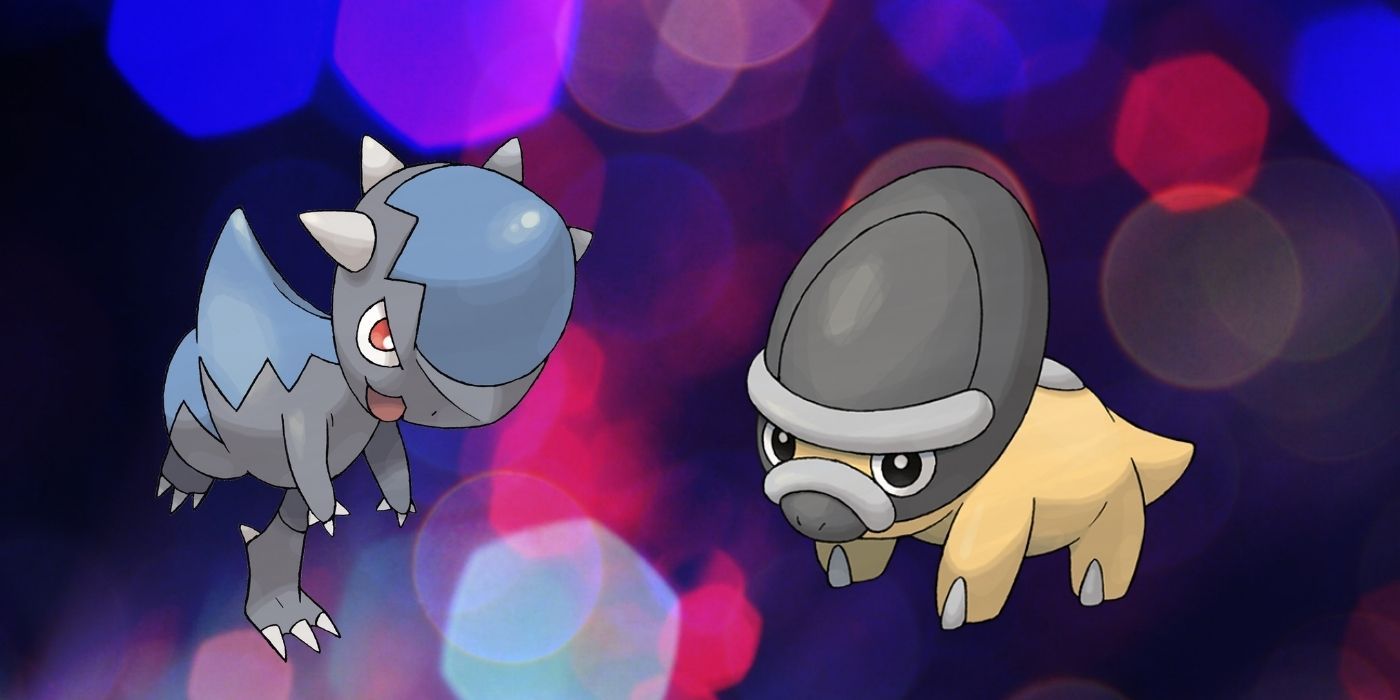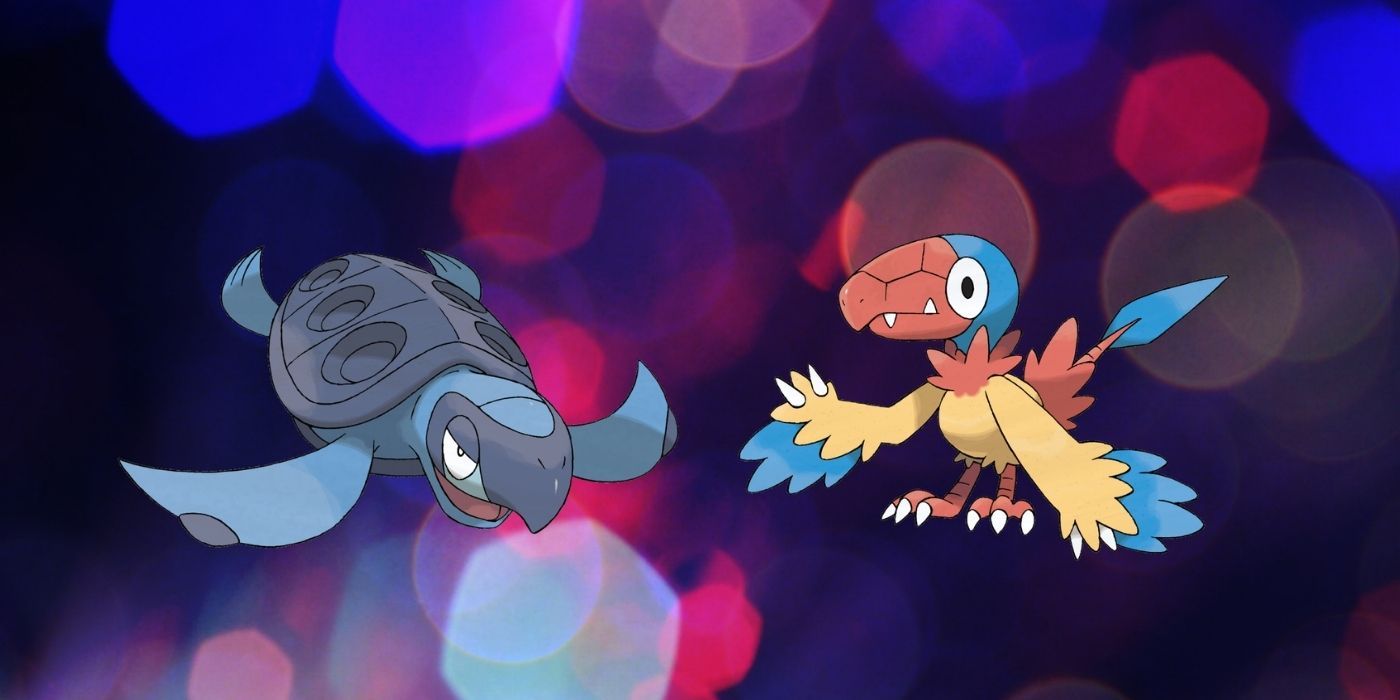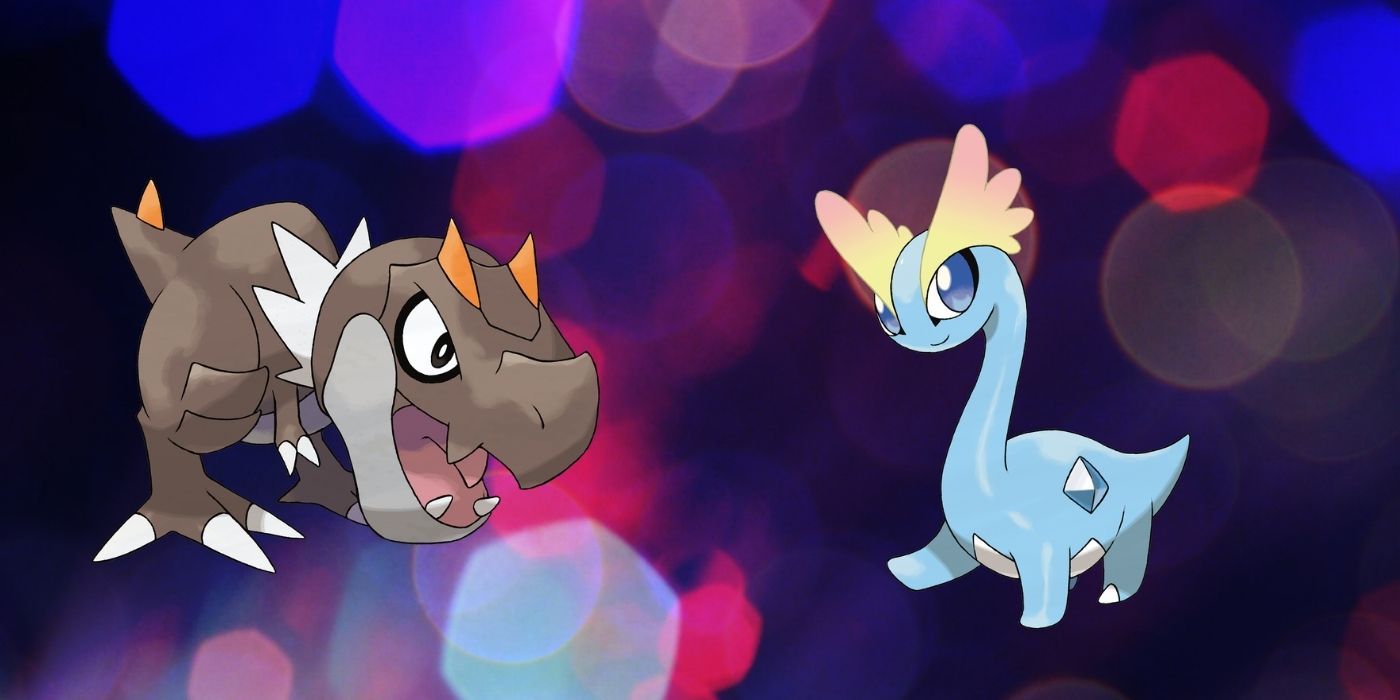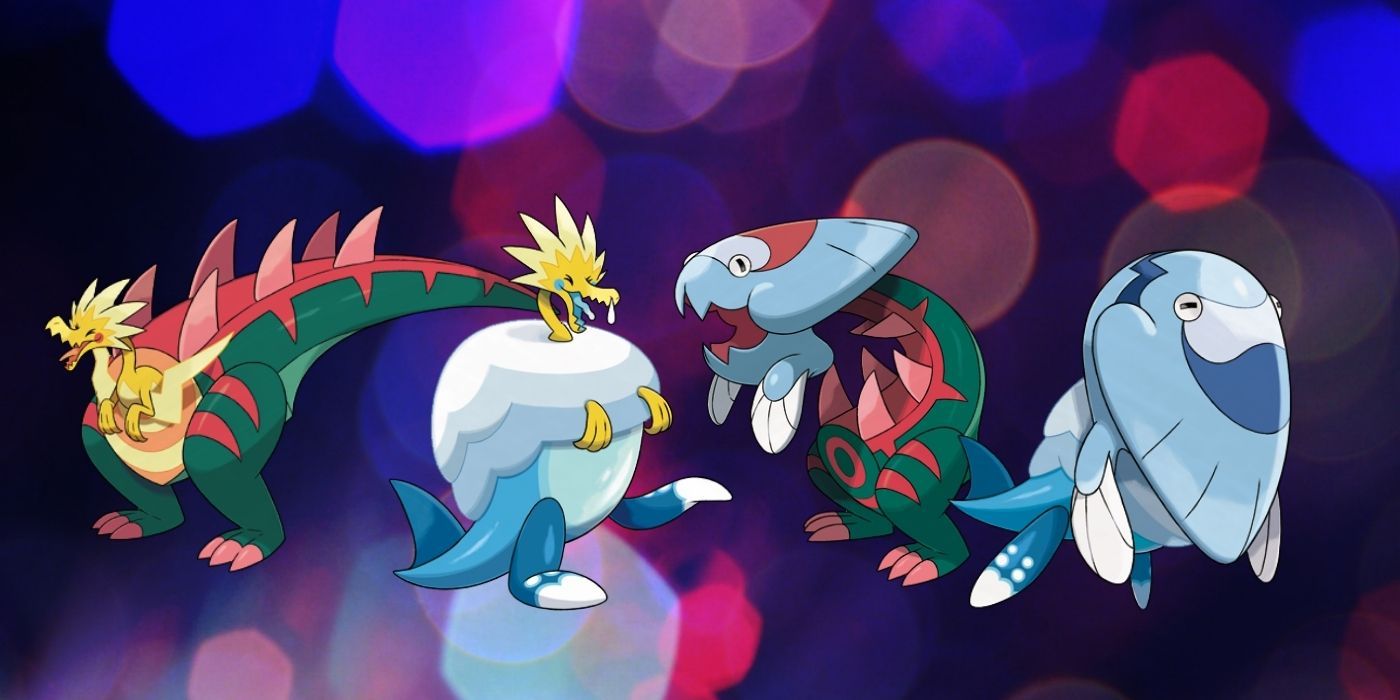How old are the fossils that revive into prehistoric Pokémon like Omanyte? They existed millions of years before Generation 1. Knowing which real creatures they draw inspiration from, and combining this with information from the series, players can come to an educated guess of each Pokémon fossils' age.
Like real life, fossils can be found throughout the Pokémon world. What makes them special in the games is their ability to revive into actual Pokémon - living relics of the past. The Devon Corporation, the Cinnabar Lab, and other scientists worldwide are able to perform the techniques needed to restore these Pokémon fossils.
The creatures these Fossil Pokémon are based on is pulled from the Bulbapedia website, and Encyclopedia Britannica is used to determine the age of said creatures. Bulbapedia also gives some background on when specific Fossil Pokémon first existed in that universe: Aerodactyl, Lileep, Cranidos, Shieldon, Tirtouga, Archen, Tyrunt's evolution Tyrantrum, and Amaura are specifically noted to have gone extinct around 100 million years ago.
Pokémon Fossils: Helix, Old Amber & Dome
The Helix and Dome Fossils revive into Omanyte and Kabuto, respectively. Omanyte is based on ammonites dating back from the Devonian Period to the Cretaceous Period (66 million to 419 million years). Kabuto's design is based on trilobites, which first appeared in the beginning of the Cambrian Period about 542 million years ago, and the horseshoe crab - a descendant of trilobites that can still be found today. Bulbapedia states the Pokémon Kabuto existed around 300 million years ago. Old Amber revives into Aerodactyl, based on the flying reptile - pterosaur - dating back to the Jurassic Period (159 million to 144 million).
Pokémon Fossils: Root & Claw
Lileep revives from the Root Fossil. Its design is based on crinoids (sea lilies) dating back to the Mid-Late Paleozoic era (443 million to 252 million years). The Claw Fossil revives into Anorith, which also has trilobite characteristics. It derives from Anomalocaris of the Cambrian Period (560 million years). Although Relicanth isn't revived from a fossil like the others, its design and description of being a "living fossil" alludes to the coelacanth order of fish. Coelacanths are virtually unchanged from their 350 million year-old prehistoric forms (end of the Permian Period to the end of the Jurassic period). Bulbapedia notes the Pokémon Relicanth hasn't changed for 100 million years.
Pokémon Fossils: Skull & Armor
The Skull Fossil revives into Cranidos, which Bulbapedia speculates is related a representative of the ceratopsian dinosaurs of the Cretaceous Period (146 to 66 million years). Shieldon (Armor Fossil) resembles the Protoceratops genus, a predecessor of the better known Triceratops also of the Cretaceous Period.
Pokémon Fossils: Cover & Plume
Tirtouga revives from the Cover Fossil and resembles the leatherback turtles that still exist today and as far back as the Late Jurassic Epoch (about 150 million years). The Plume Fossil revives Archen, drawing inspiration from Archaeopteryx - a genus of feathered dinosaur also dating back to the Late Jurassic Epoch.
Pokémon Fossils: Jaw & Sail
The Tyrannosaurus from the late Jurassic Period (150 million years) gives inspiration to the Pokémon Tyrunt, restored from the Jaw Fossil. The orange crests above Tyrunt's eyes resemble the Gorgosaurus of the late Cretaceous Period (99 to 66 million years). The Sail Fossil revives Amaura, based on sauropod dinosaurs that first evolved during the Early Jurassic Epoch (201 to 174 million years).
Pokémon Fusion Fossils: Fossilized Bird, Drake, Dino & Fish
Generation 8 offers four fossils - more than any previous generation. Additionally, two fossils must be combined to create a chimeric Fossil Pokémon, and Bulbapedia postulates each may be based on a series of misassembled dinosaur sculptures known as the Crystal Palace Dinosaurs. Thus, each of these contains characteristics of multiple species. Combining the Bird and Drake Fossil revives Dracozolt. The bottom half resembles a dromaeosaurids of the Cretaceous Period (145 to 60 million years) and its bottom half resembles a Stegosaurus of the late Jurassic Period (159 to 144 million years).
The Bird and Dino Fossils revive the Pokémon Arctozolt which may reference an ichthyosaur walking on land. These extinct aquatic reptile fossil remains span most of the Mesozoic Era (251 to 65 million years). The top half may be based on dromaeosaurids. The Fish and Drake Fossils revive Dracovish which has Stegosaurus and Elasmosaurus qualities. Elasmosaurus is a type of plesiosaur from the late Cretaceous Period. Like Relicanth, it's also reminiscent of coelacanths. The Fish and Dino Fossils revive Arctovish - a combination of a Dunkleosteus of the Late Devonian Period (375 to 360 million years), coelacanths, and plesiosaurs. Despite being introduced in 1996, Pokémon has established its roots millions of years prior with its fossil history.
Source: Bulbapedia, Encyclopedia Britannica

